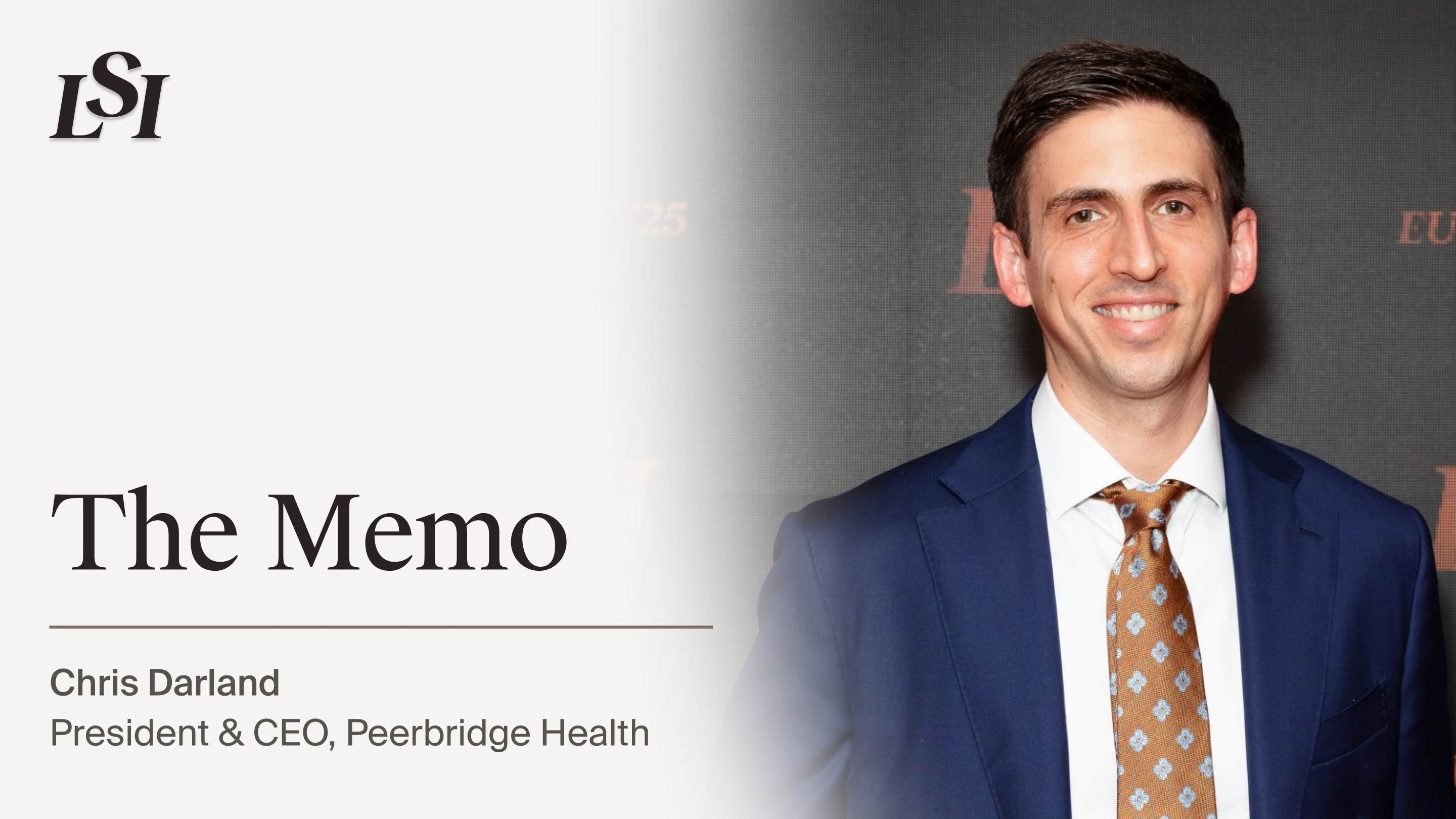.png)
Medical training has moved into the digital realm, with augmented reality (AR) and virtual reality (VR) playing increasingly important roles. Combined, these two technologies create extended reality (XR) tools that are revolutionizing the medical training world. Two companies in this space, Proximie and FundamentalVR, will be presenting at the upcoming LSI Europe ’22 Emerging Medtech Summit in Hertfordshire, UK, in September. The technology delivers an immersive learning experience that has shown great promise in improving knowledge retention and engagement.
The Promise of Extended Reality Platforms
Training medical students to perform invasive surgeries using traditional methods takes extensive time, funding, and resources. Some of the ways XR technology combats these challenges include:
- Recording live surgeries on headsets for student viewing at a later time.
- Providing simulation training that delivers the same stereoscopic view on a robotic console as the operating surgeon has.
- Overlaying imagery to create content with 3D visuals for medical students to study.
- Streaming live surgeries to student audiences, who can interact and participate in informed decision-making.
Given the ease with which specialized content can now be recorded, and the ability to overlay imagery on a patient in a live setting to guide the surgeon, XR tools offer exciting potential for the future.
The Benefits of Simulation
The possibilities presented by XR for virtual medical training include surgery simulations. Airline pilots and astronauts have long utilized simulations to train for and oversee live missions. Now, the medical community can do the same, with virtual platforms that allow clinicians to “scrub in” from practically anywhere in the world.
Proximie’s AR platform was developed to extend surgeons' reach in a “borderless” operating room environment. For example, it was used in 2016 to connect expert U.S. surgeons with clinical teams in Peru and El Salvador to perform cleft lip and palate repair surgeries on local children.
XR’s Value as a Medical Training Tool
Proximie’s platform has also shown exceptional promise in virtual surgical training, providing students the opportunity to practice and test their ability in realistic circumstances without risk. In June 2021, a group of 21 students ranging from high school to medical student level took part in an exercise using an intuitive da Vinci® skills simulator (dVSS) to perform surgical simulation training tasks.
The students used the Proximie platform with computers and webcams mounted on side carts. The cameras faced the console, enabling participants' guidance through a live video transmission. The exercise results proved the students were successfully mentored to perform the scheduled tasks.
Taking the Touch Test
In case visualizations and communication weren’t remarkable enough, the implementation of VR technology by FundamentalVR simulates the sense of touch. The company uses a unique combination of haptic technology and hardware-agnostic software to deliver an authentic sense of touch during surgical actions. By interacting with specific medical tools and tissue variants, users get a hyper-realistic reproduction of the surgical process. This enables them to develop the “muscle memory” they need to anticipate factors like pressure and blood flow when they operate on human patients.
The Future of Medical Training
The future of medical training looks set to include a strong emphasis on virtual technologies. From remote learning in digital classrooms to new ways to deliver care, healthcare is undergoing a rapid transformation that was in progress long before the COVID-19 pandemic. Artificial intelligence and machine learning, robotics, genomics, wearable technology, and 3D printing of everything from replacement blood vessels to surgical instruments are big news. In the training environment, the use of digital twin technology offers real-life opportunities for surgeons to practice complex and intricate procedures.
A Prolific Investment Opportunity
Healthcare training organizations will have multiple products to choose between, but it’s imperative that they begin evaluating tools they need without delay. A July 2022 report calculated the global AR/VR in Healthcare market at USD 2.7 billion last year and estimates the market will grow by a 22.5% CAGR to reach almost USD 10 billion by 2027.
Both Proximie and FundamentalVR have been very successful in fundraising, closing significant funding rounds in 2022. This is partly because, unlike robotics, the technology is easier to adopt with regard to cost and training.
An Important Role in Healthcare
Extended reality technology isn’t going away. Not only do AR and VR offer tremendous promise in simulation for training purposes, but they also play vital roles in patient care. Patients with visual impairment, depression, and cancer, among other conditions, have benefited from VR care for several years. AR delivers an additional support layer for clinicians through capabilities such as aiding surgeons during brain procedures and reconnecting blood vessels. By interweaving the virtual and real worlds, XR offers important opportunities for medical professionals, students, and even patients themselves.
For more information on emerging technologies in healthcare, register today for the LSI Europe ’22 Emerging Medtech Summit in Hertfordshire, UK, in September 2022.

Schedule an exploratory call
Request Info17011 Beach Blvd, Suite 500 Huntington Beach, CA 92647
714-847-3540© 2025 Life Science Intelligence, Inc., All Rights Reserved. | Privacy Policy










